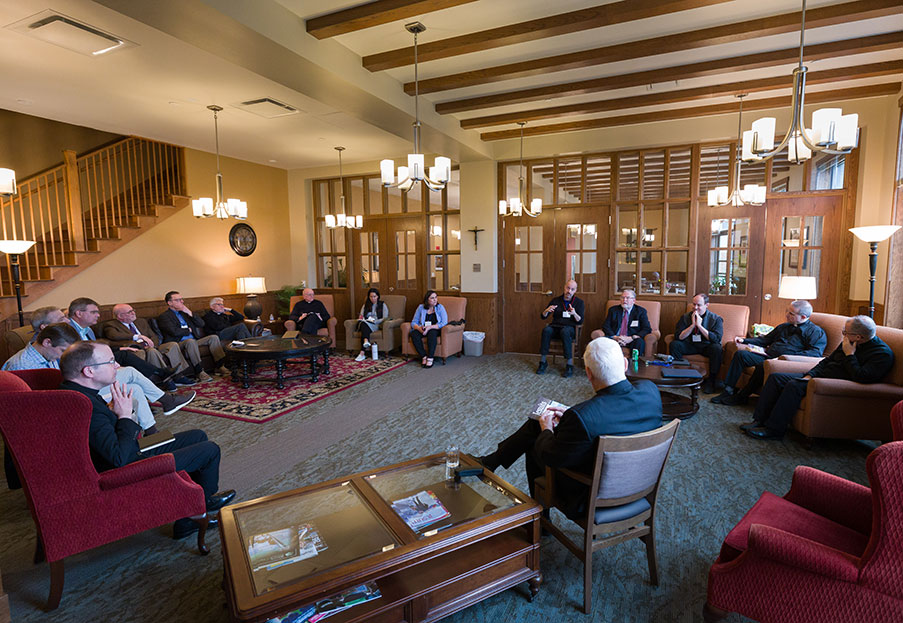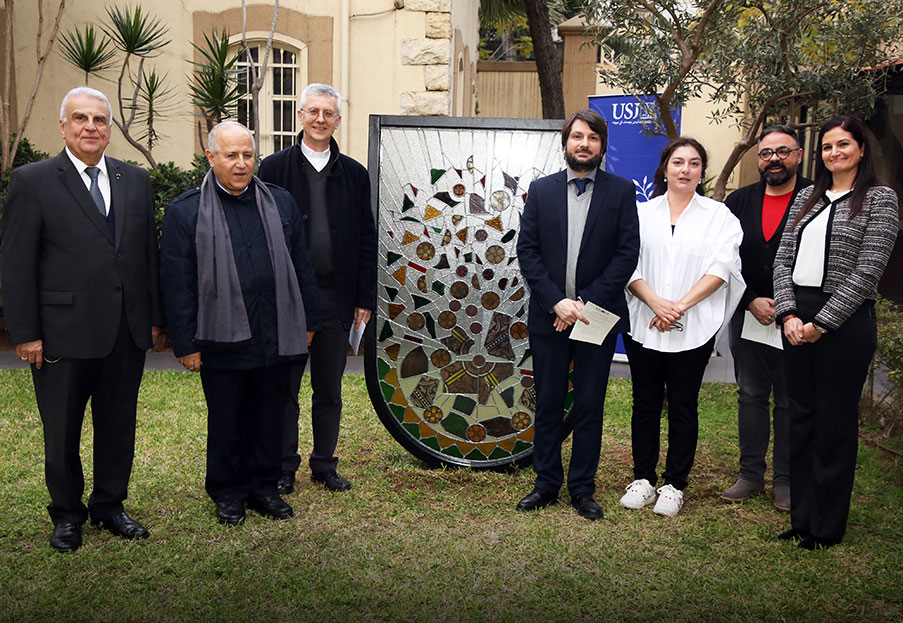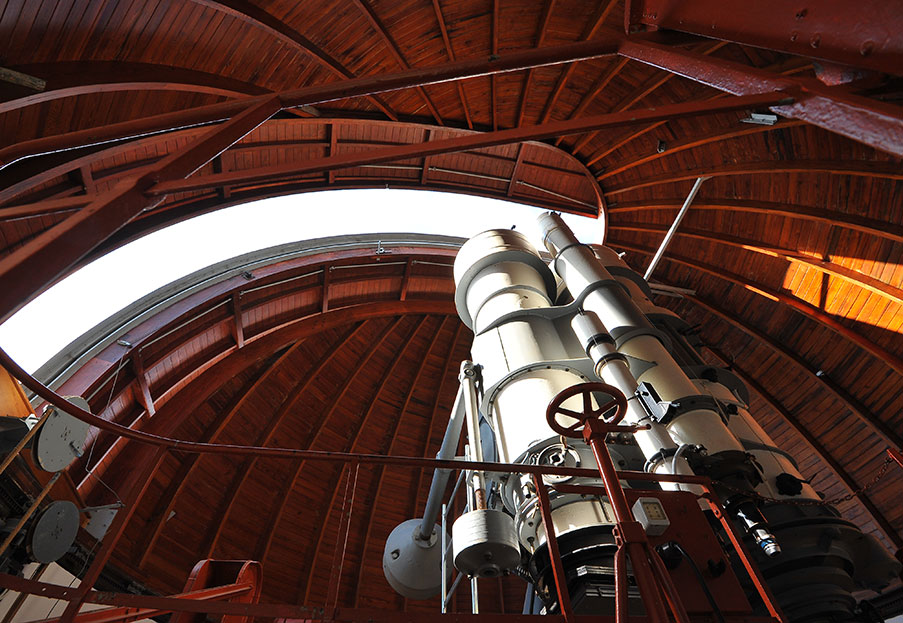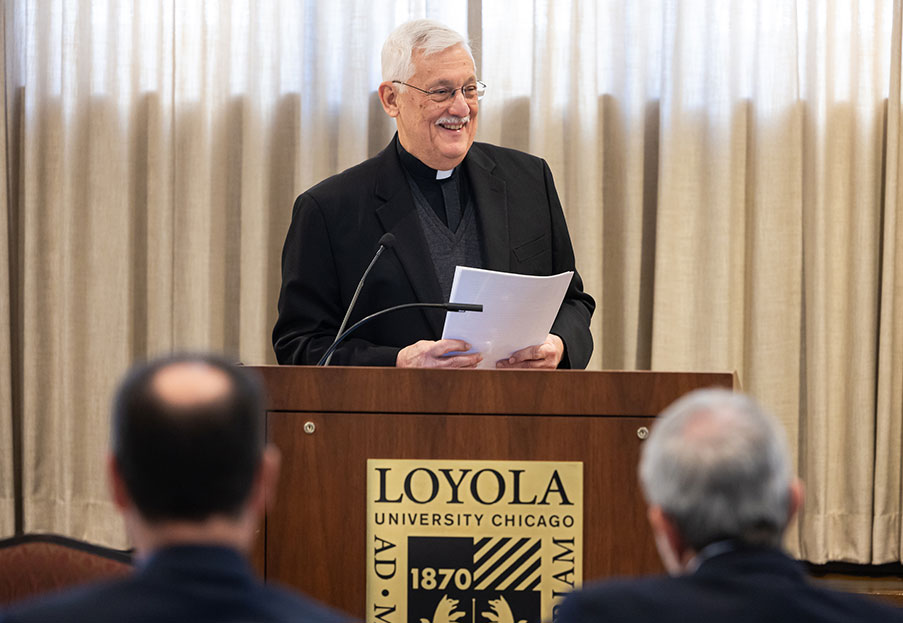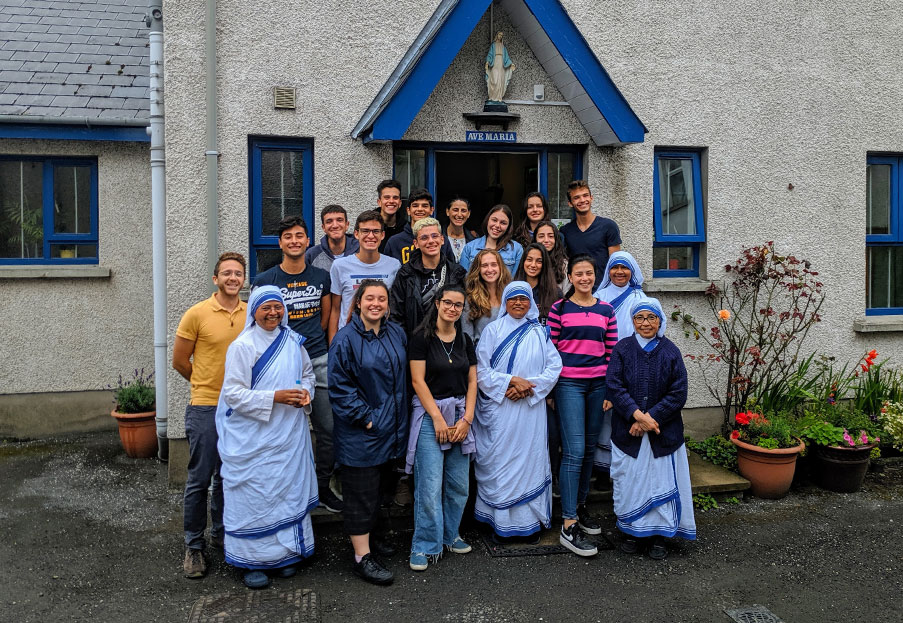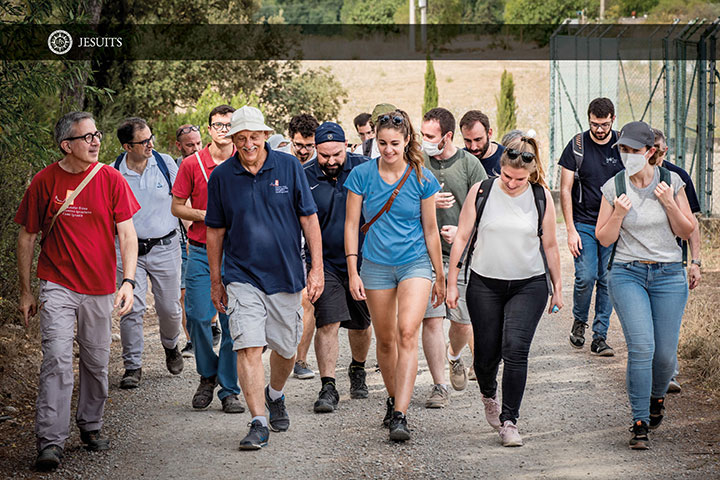Building with bamboo, building the community
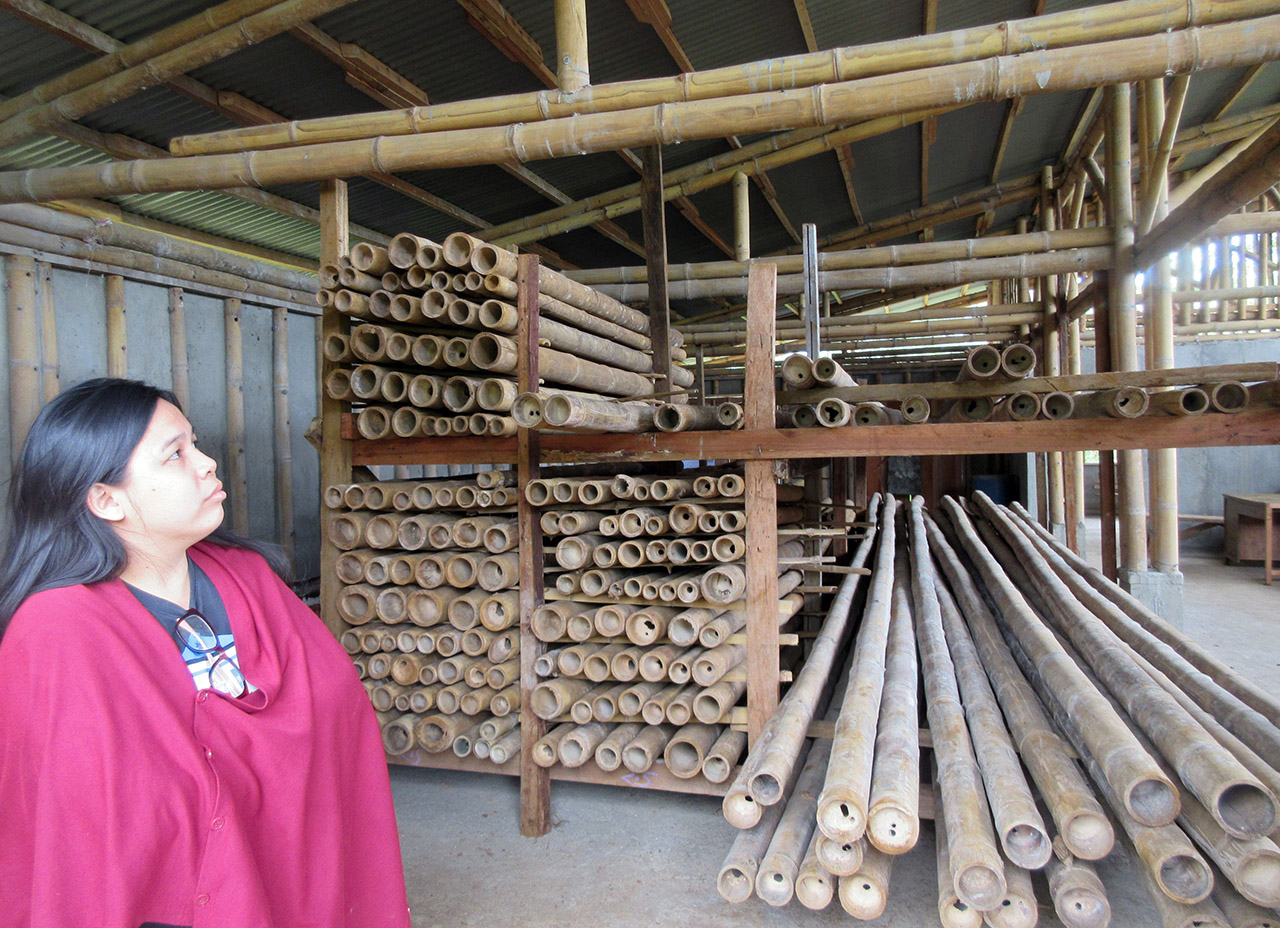
The Apu Palamguwan Educational Center (named after the mythical ancestor of the Bukidnon-Pulangiyen who envisaged that his “children could write down their story”), in Bendum, Bukidnon, Philippines, has been developing these past 35 years educational services specifically oriented towards the indigenous people of the area. It reaches mainly children with its primary and secondary schools, but it also offers classes and workshops for parents and young adults who have left the school curriculum and are looking for a better future.
During the last two years of secondary school, young people can choose a vocational education path in construction, organic farming or forest management. The coordinators of these programs come from the community and are committed not only to imparting theoretical and practical knowledge, but also to enabling the youth to feel useful and active in their community. Indeed, most of the young people come from far-flung villages within the region and are not able to travel daily between their homes and school. They live on campus in the dalepaan (longhouse) which is much more than a dormitory. These longhouses are community spaces for learning responsibility and building the future. This is the context of integral education that the center offers.
The construction track is based on the production and use of bamboo. This local material is useful for building structures that are resistant to typhoons and other meteorological calamities. Jason Menaling, the coordinator, explains that four types of bamboo are grown, each with its own uses. The project also includes a bamboo nursery to ensure the quality and quantity of trees needed for the educational center’s projects. It takes about ten years for a tree to mature and be used as building material.
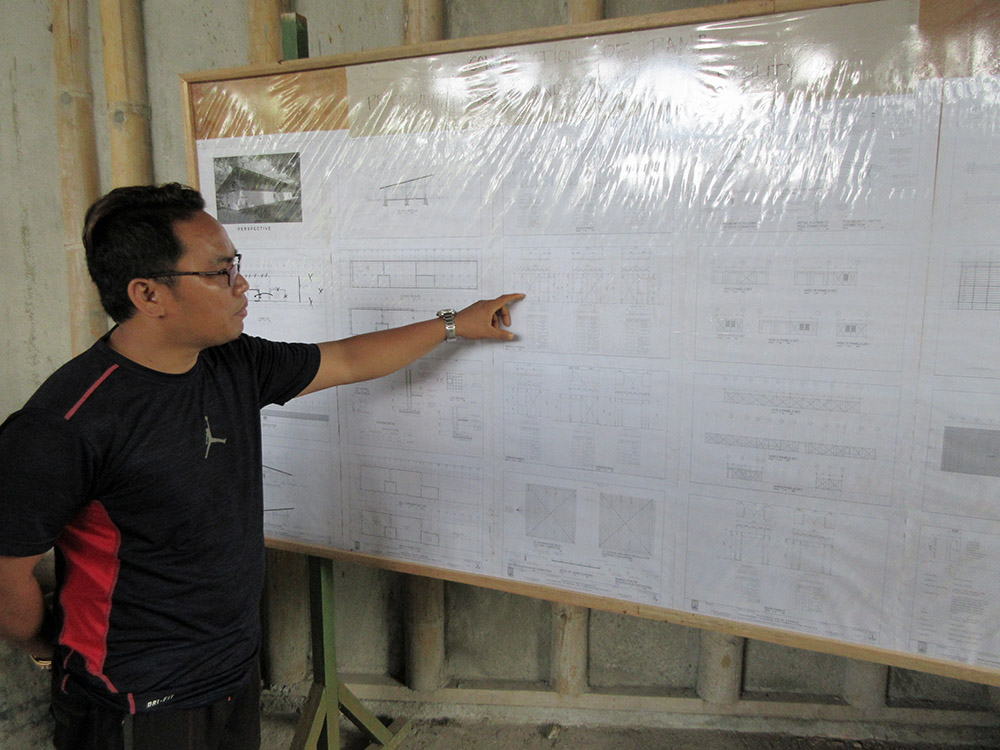
The construction method taught and practiced uses bamboo as pillars, with a steel rod inserted in the heart of the pillars. The pillars are connected to each other by wooden planks. At the heart of the “frames” thus created, chicken wire is put into which concrete is poured, including an “X” shaped metal structure. In the event of a storm, the solid walls are “flexible” and will not collapse like those made of cement blocks. The roof, with joists also made of bamboo, is resistant thanks to the same type of flexibility.
This is the method that ESSC (Environmental Science for Social Change, an organization under the auspices of the Jesuit Province of the Philippines) used under the leadership of designer and project manager Allan Berongoy. They built 37 houses in the village of Cagaut in Eastern Samar, an area prone to floods and storm surges. This type of construction is also used for the buildings of the Apu Palamguwan Center, which wants to open up to more and more youth and adults in the region.
All this enables the young people of APC to acquire a trade so they can earn a living - there is a demand for construction in the Philippines - but also nourishes their sense of community and the desire to contribute to their collective future.
